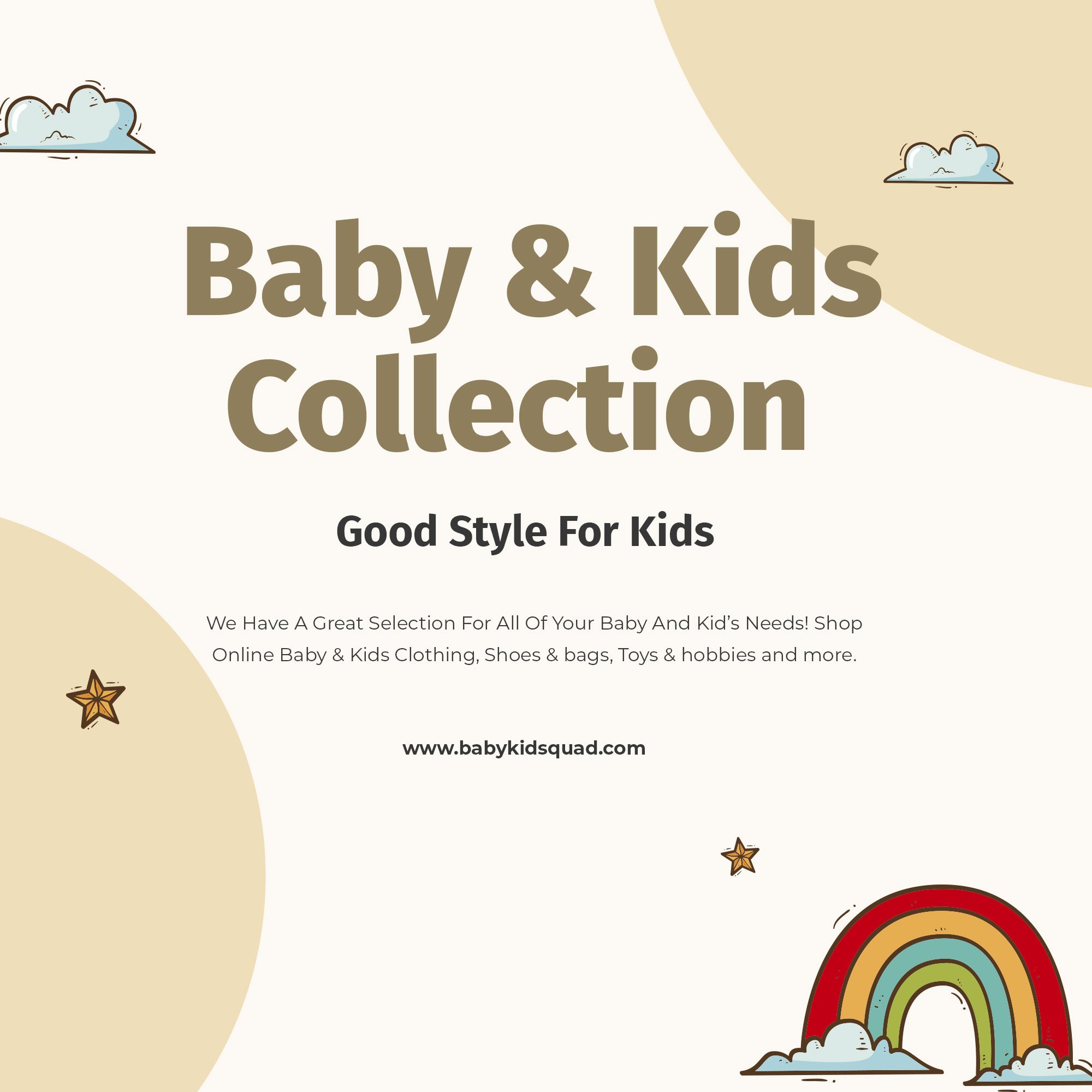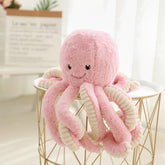What Fabric Are Plush Toys Made Of? Exploring the Best Materials for Cuddly Companions
Table of Contents
- Introduction
- Understanding Plush Toy Fabrics
- Factors to Consider When Choosing Plush Toy Fabrics
- Care and Maintenance of Plush Toys
- Conclusion
Introduction
When we think about the comforting embrace of a plush toy, it’s not just the softness we appreciate; it’s the quality and care that goes into its creation. Did you know that the global plush toy market was valued at approximately $7.98 billion in 2018, with steady growth anticipated? This reflects not only a love for these cuddly companions but also a desire for high-quality, safe, and stylish options for our little ones. As parents and guardians, we understand that choosing the right plush toy involves more than just aesthetics. It’s about safety, durability, and the fabric that makes it all possible.
In this blog post, we will dive deep into the world of plush toys, specifically focusing on the various fabrics used in their creation. We’ll explore how these materials affect the toy's safety, longevity, and tactile experience, ensuring that you can make informed choices for your children. By the end, you’ll know what fabric options are available, their benefits and drawbacks, and how to choose the best plush toys for your family.
At Baby Kid Squad, our mission is to make parenting easier and more stylish. We believe that the right plush toy can bring comfort and joy, which is why we offer a curated selection of high-quality products to suit every style and need. Let’s embark on this plush journey together, exploring the fabrics that make these toys truly special.
Understanding Plush Toy Fabrics
When it comes to plush toys, the fabric choice is crucial. The right material ensures the toy is soft, safe, and durable enough to withstand the love and affection of children. Here, we’ll look at the most common fabrics used for plush toys and evaluate their characteristics.
1. Fleece
Fleece is one of the most popular fabrics for plush toys. Made from polyester, fleece is known for its softness and warmth. This fabric is available in a wide range of colors and patterns, making it an ideal choice for creating vibrant, eye-catching toys.
Pros:
- Softness: Extremely soft to the touch, providing a cozy feel.
- Durability: Fleece is resistant to fraying, fading, and wrinkling, ensuring that the toy maintains its appearance over time.
- Easy to Clean: Most fleece toys can be machine washed, making them practical for parents.
Cons:
- Pilling: Fleece can develop small balls of fiber on its surface, known as pilling, which may affect its look.
- Stretchiness: While fleece is generally easy to work with, its stretchiness can complicate high-detail designs for more intricate plush toys.
2. Minky
If you’ve seen plush toys that feel like a gentle cloud, they’re likely made from minky fabric. Minky is a luxurious material that is incredibly soft and smooth, making it a favorite among manufacturers of high-end plush toys.
Pros:
- Ultra-Soft: The texture is often compared to that of a baby's skin, making it perfect for cuddly toys.
- Color Retention: Minky fabric holds dye well, resulting in vibrant colors that last over time.
- Versatility: It comes in various weights and pile lengths, allowing for a range of design possibilities.
Cons:
- Cost: Minky can be more expensive than other fabrics, which may affect the overall price of the plush toy.
- Limited Availability: This fabric is often harder to find in local stores, making online shopping a necessity for some designs.
3. Faux Fur
For plush toys that need a little extra pizzazz, faux fur is a go-to choice. It mimics the look and feel of real animal fur and adds a touch of luxury to any plush design.
Pros:
- Realistic Appearance: Faux fur adds texture and depth, making toys visually appealing.
- Softness: It is soft to the touch, which kids love when snuggling with their toys.
- Animal-Friendly: Faux fur is a cruelty-free alternative to real fur, appealing to eco-conscious parents.
Cons:
- Difficult to Sew: Working with faux fur can be challenging, especially for beginners, as it requires careful cutting and sewing techniques.
- Cost: High-quality faux fur can be pricey compared to simpler fabrics.
4. Cotton and Flannel
Cotton and flannel are classic fabrics that have been used for plush toys for many years. These materials are often blended to create soft, breathable toys that are gentle on a child's skin.
Pros:
- Breathability: Natural fibers allow for good airflow, which can be beneficial for children with sensitive skin.
- Versatile Patterns: These fabrics are available in various prints and colors, allowing for creativity in designs.
- Affordability: Cotton and flannel are generally more cost-effective compared to synthetic options.
Cons:
- Durability: While cotton is soft, it may not hold up as well against wear and tear compared to synthetic fabrics.
- Pilling and Shrinking: Cotton can pill over time and may shrink if not washed properly.
5. Felt
Felt is a unique fabric choice for plush toys, often used for decorative elements rather than the primary structure of the toy. It’s made by matting and pressing fibers together, resulting in a dense and sturdy material.
Pros:
- No Fraying: Felt edges do not fray, making it ideal for intricate designs and shapes.
- Easy to Work With: Felt is straightforward to cut and sew, making it a great option for DIY projects.
- Variety of Colors: Available in numerous colors, felt allows for vibrant designs.
Cons:
- Lacks Stretch: Felt does not have any stretch, which can limit its use in plush construction.
- Less Softness: While durable, felt may not provide the same softness and cuddly feel as other plush fabrics.
6. Polyester
Polyester is commonly used as both a fabric and stuffing material in plush toys. Its synthetic nature makes it durable and easy to care for.
Pros:
- Durability: Polyester is resistant to mold, mildew, and fading, making it ideal for toys that will be heavily used.
- Washability: Most polyester plush toys can be machine washed, providing ease of cleaning.
- Cost-Effective: Generally, polyester is more affordable compared to natural fibers.
Cons:
- Less Breathable: Polyester may not be as breathable as natural fibers, potentially leading to discomfort in some conditions.
- Static and Pilling: Polyester fabrics can generate static and may pill over time.
Factors to Consider When Choosing Plush Toy Fabrics
As we look at the various fabrics available for plush toys, it’s essential to consider several factors to ensure you choose the best option for your child. Here, we’ll outline some key considerations.
Safety
Safety is paramount when selecting plush toys, particularly for younger children who may put toys in their mouths. Ensure that the fabric is non-toxic and free from harmful chemicals. At Baby Kid Squad, we prioritize safety, offering plush toys made from high-quality, child-safe materials.
Softness and Comfort
Children often seek comfort from their plush toys. Selecting a fabric that feels soft against their skin can make a significant difference in their attachment to the toy. Fabrics such as fleece and minky are fantastic choices for creating cozy companions.
Durability
Children can be tough on their toys. Choosing a fabric that can withstand rough play and frequent washing is crucial. Materials like polyester and fleece offer excellent durability, ensuring the toy remains in great condition through countless adventures.
Ease of Cleaning
With little ones, messes are inevitable. Plush toys should be easy to clean, whether through machine washing or spot cleaning. Fabrics like fleece and cotton blends tend to be easier to maintain compared to those that require special care.
Eco-Friendliness
As parents, we are increasingly aware of our environmental impact. Opting for plush toys made from eco-friendly materials, such as organic cotton or sustainably sourced fibers, can help us make responsible choices for our children and the planet.
Care and Maintenance of Plush Toys
Caring for plush toys is essential to maintaining their appearance and longevity. Here are some general guidelines to help you keep your child's toys looking and feeling their best:
Washing Guidelines
- Machine Washable: Many plush toys made from polyester and fleece can be tossed in the washing machine. Use a gentle cycle with cold water to prevent damage.
- Spot Clean: For toys made from delicate fabrics like faux fur, spot cleaning with mild detergent is often the best approach.
- Air Dry: Whenever possible, air dry plush toys to avoid shrinkage or damage from high heat in the dryer.
Storage Tips
- Keep Them Dry: Store plush toys in a dry place to prevent mold and mildew growth.
- Avoid Direct Sunlight: Prolonged exposure to sunlight can fade colors and damage fabrics over time.
Conclusion
Choosing the right fabric for plush toys is a crucial aspect of ensuring their safety, durability, and comfort. Whether you prefer the softness of minky, the warmth of fleece, or the classic charm of cotton, understanding the characteristics of each fabric will empower you to make informed choices for your child's cuddly companions.
At Baby Kid Squad, we are committed to providing stylish and practical options for modern families. Our curated collections offer a diverse range of plush toys made from high-quality materials, ensuring that you find the perfect match for your little ones. Together, let’s continue to explore the world of parenting with confidence and flair, one plush toy at a time.
FAQ
What fabric are plush toys made of?
Plush toys can be made from various fabrics, including fleece, minky, faux fur, cotton, and polyester. Each fabric has its unique characteristics that affect the toy's softness, durability, and ease of cleaning.
What is the softest fabric for plush toys?
Minky fabric is often considered the softest option for plush toys, providing an incredibly smooth and cozy touch.
Are plush toys safe for babies?
Yes, as long as they are made from non-toxic materials and have no small parts that could pose a choking hazard. Always choose plush toys from reputable brands that prioritize safety.
How do you wash plush toys?
Most plush toys can be machine washed on a gentle cycle with cold water. For delicate fabrics, spot cleaning may be recommended. Always check the care label for specific instructions.
Can plush toys be made from eco-friendly materials?
Yes, many brands now offer plush toys made from organic cotton or other sustainable materials, making it easier for parents to choose environmentally friendly options.
By being mindful of these factors, we can ensure that the plush toys we choose for our children are not only adorable but also safe and durable, providing comfort and joy for years to come.





